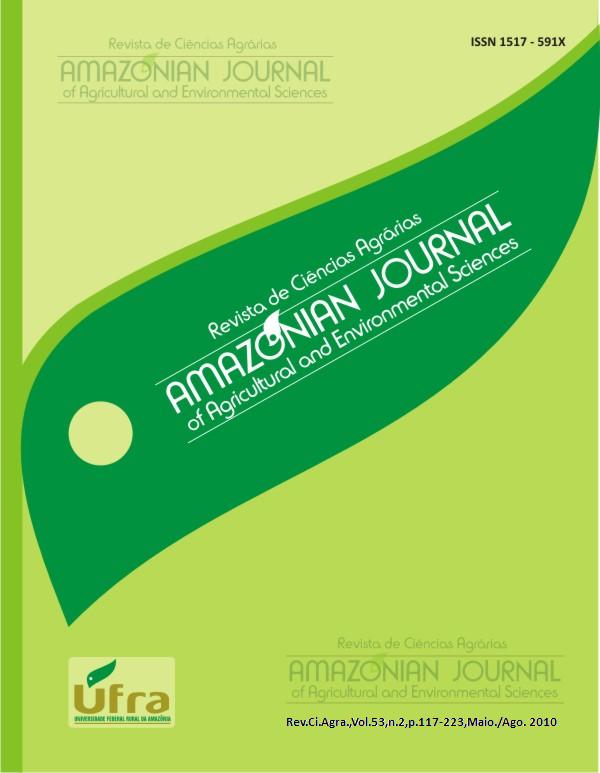Availability and movement of cations in the soil, the addition of lime and addition of citric acid combined with an enzymatic activator
Abstract
The decomposition of plant residues in the soil, promotes the release of organic acids of low molecular weight capable of forming complexes with aluminum, calcium and magnesium, aluminum and neutralize toxic to increase mobility of various ions, including the dissolution of limestone products . The aim of this study was to evaluate the availability and movement of cations in the soil as affected by liming and the addition of citric acid associated with an enzyme activator. The experiment was performed in Golden - MS, at home a greenhouse in pots containing soil from the A horizon of two Oxisols, one Oxisol of clayey and
the other dystrophic Oxisol of medium texture. The experimental design was completely randomized with three replications in a factorial 2 x 6 x 4, consisting of two types of liming (incorporated liming and liming), six doses of citric acid with an enzyme activator (0, 1, 2 3, 4 and, 5 kg ha-1) and four sampling depths (0-50, 50-100, 100-150,150-200 mm). The doses of citric acid plus enzyme activator influence the potential acidity and exchangeable aluminum, but do not cause changes in other chemical attributes analyzed in Haplorthox very clayey, to favor the movement of cations in depth. On the other hand, the Oxisol Vermellho medium texture, though not if correct acidity at depth, potential changes in acidity and exchangeable aluminum levels indicate favoring the movement of cations in the soil column.
Downloads
Authors retain copyright and grant the Journal the right to the first publication. Authors are encouraged to and may self-archive a created version of their article in their institutional repository, or as a book chapter, as long as acknowledgement is given to the original source of publication. As the Journal provides open access to its publications, articles may not be used for commercial purposes. The contents published are the sole and exclusive responsibility of their authors; however, the publishers can make textual adjustments, adaptation to publishing standards and adjustments of spelling and grammar, to maintain the standard patterns of the language and the journal. Failure to comply with this commitment will submit the offenders to sanctions and penalties under the Brazilian legislation (Law of Copyright Protection; nº 9,610; 19 February 1998).


.jpg)









